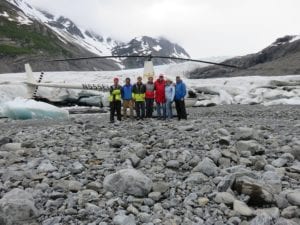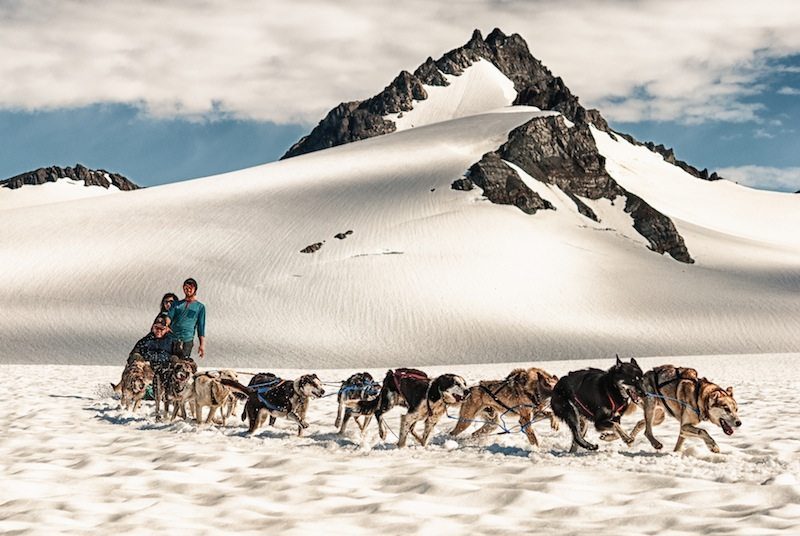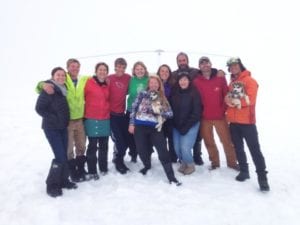We named her Granger because she was smart from the beginning. She reminded me so much of Hermione from Harry Potter — always eager to solve a problem. True to her namesake, Granger is one tough, smart little dog. She is energetic and is always ready to face a new challenge. She has been working hard at becoming a leader, like her sister Krum, and has shown early success. She ran as a leader-in-training throughout most of the winter and now helps as a leader on our Godwin Glacier dog sled tours. She is a sharp, feisty little dog who filled in as a last-minute replacement on our 2015 Iditarod team and ran approximately 250 miles of the race. We were excited by this young dog’s early success.
Thanks for your continued hard work Granger! We look forward to watching you learn and grow at our kennel.
photo courtesy of Glacier Guide Andrea Langefeld
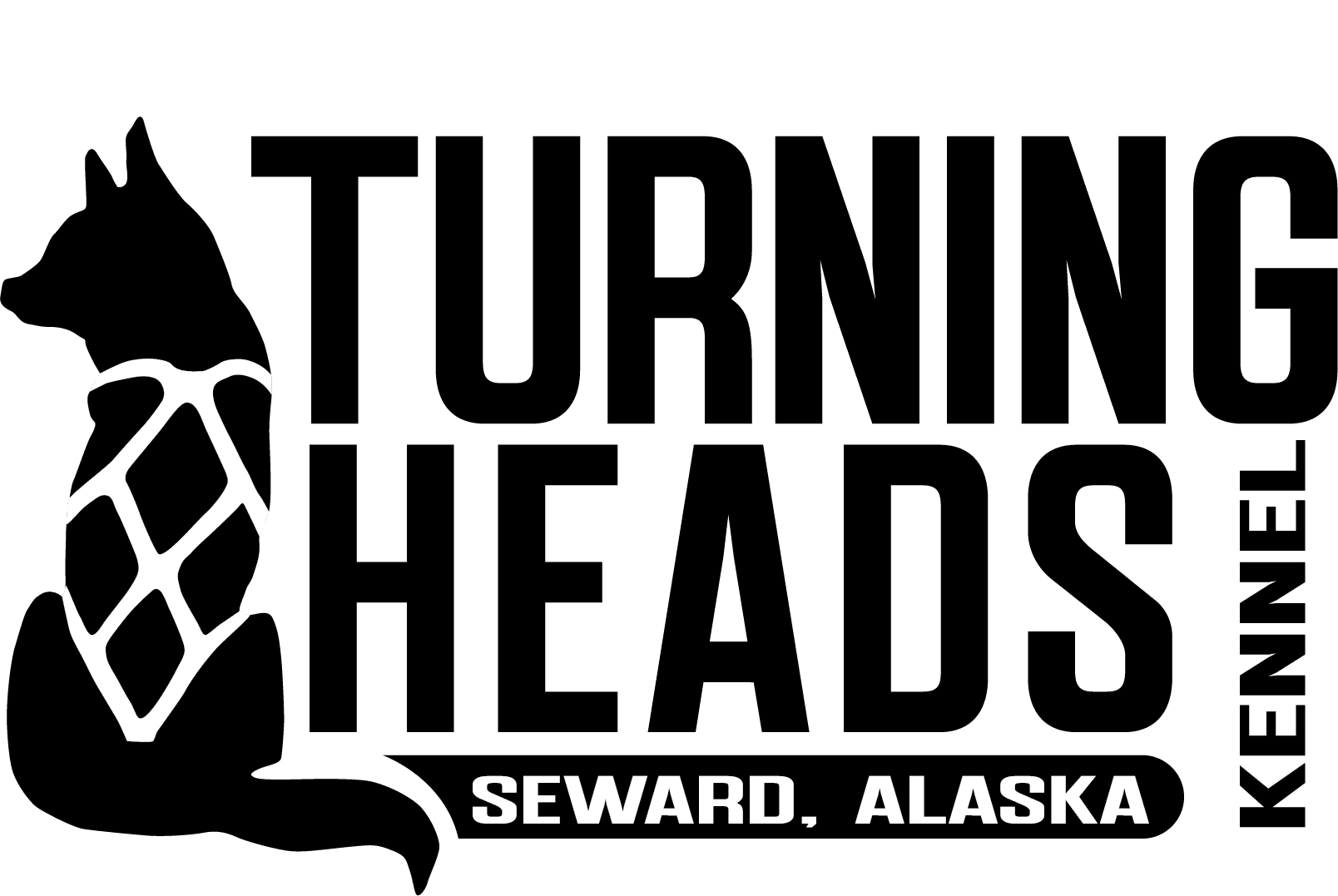
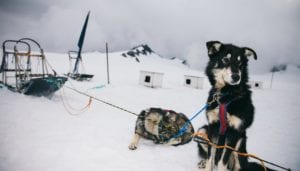
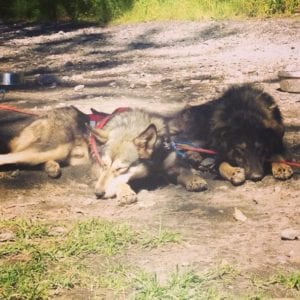
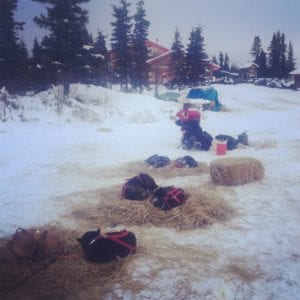
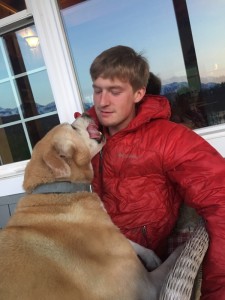 We’ve learned that just like we have to plan rests for our dogs, we also have to plan rests for ourselves. If we don’t, we run into the same problem our dogs do: we burn out.
We’ve learned that just like we have to plan rests for our dogs, we also have to plan rests for ourselves. If we don’t, we run into the same problem our dogs do: we burn out. 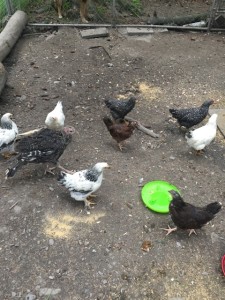 more time off to be with each other and relax together. We’ve worked on finding new hobbies. Travis has begun mountain biking and I’ve started painting again. I also have started a chicken coop and have 8 laying hens.
more time off to be with each other and relax together. We’ve worked on finding new hobbies. Travis has begun mountain biking and I’ve started painting again. I also have started a chicken coop and have 8 laying hens.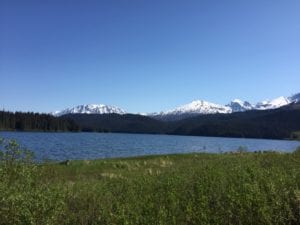 leave the kennel and stay down the road from our house. The peace and tranquility that allowed gave us some much needed time to reconnect. We woke to beautiful mountain views and got to enjoy listening to loons at night. We also went kayaking one day and jet skiing another.
leave the kennel and stay down the road from our house. The peace and tranquility that allowed gave us some much needed time to reconnect. We woke to beautiful mountain views and got to enjoy listening to loons at night. We also went kayaking one day and jet skiing another. 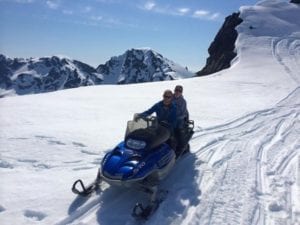 Travis took him and Sophie snow machining. We had great weather while Wade and S0phie visited and are looking forward to them returning in a few short weeks with Sophie’s family.
Travis took him and Sophie snow machining. We had great weather while Wade and S0phie visited and are looking forward to them returning in a few short weeks with Sophie’s family.